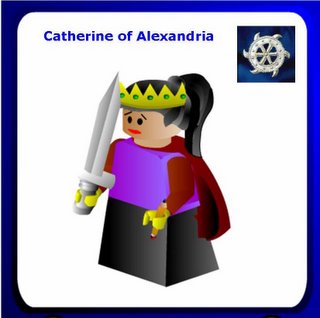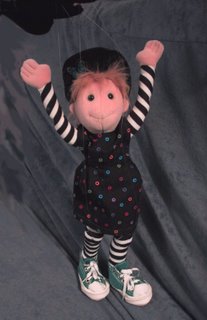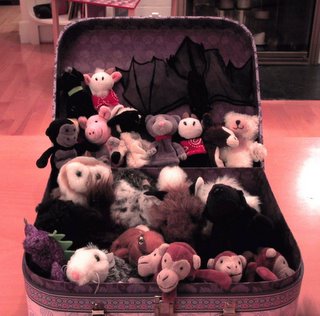Part I: The aliens were coming

The aliens were coming. We just didn’t know exactly when. Instantaneous communication was one thing, but instantaneous space travel was something else completely. We all hoped that by the time the Earth delegation met up with the Sarter delegation in Alpha Centauri A, one of the races would have developed a technology for faster-than-light travel.
We were aware only of some of the risks involved with our current slower-than-light travel methods. First off, there was a chance that one or both of the delegations would never make it to the meeting point. We had the instantaneous communication devices in place, but for all of our preparations, something could malfunction, or, heavens forbid, we could come into contact with a third race that was hostile to all of us. We all wondered why neither Earthlings nor Sartereans had heard from anyone in the Alpha Centauri A system, as it was supposed to meet all five conditions for life as we knew it. So far, Earthlings and Sartereans only had contact with each other, but that didn’t mean we were alone in the universe.
Alone in the universe: what a concept. For years, both Earthlings and Sartereans had sent out signals and satellites in the hopes that someone somewhere would pick up our bottled messages. A long time ago, people said they remembered exactly when the first humans landed on the moon. My grandparents said they remembered exactly where they were when we first received the Sarterean probe. My parents never tired of telling me the first time the the Sarterean music samples were actually released to the public. They quoted verbatim the voiced greetings from the Sartereans recorded in all of their different languages. (How old was the probe? It was old, older than my grandparents, but not as old as the first humans who landed on the moon.)
We were lucky, extremely lucky, in that the Earthlings and Sartereans had developed instantaneous communication around similar points in our histories. Some said that this piece of good fortune was the deus ex machina that made the whole extraterrestrial communication possible. This theory was meant to promote skepticism toward continued funding of such a device, because surely we couldn’t be that lucky. Surely, we were faking it. Then again, there were people who were convinced we’d faked the moon-landing photos. Later on, when we built the sky-elevator, people said we faked that too. There will always be Earthings or Sartereans who cry scornfully (in one language or another), “Deus ex machina!” when the subject of the instantaneous communicator comes up. I prefer the more homespun “Wonders never cease.” It's more truthful. In a universe of laws and logic that sometimes get bent or broken, it allows for wiggle-room.
Next: In which I tell you of my Sarterean penpal.
This story tips its hat many times to Orson Scott Card and Roald Dahl.

































